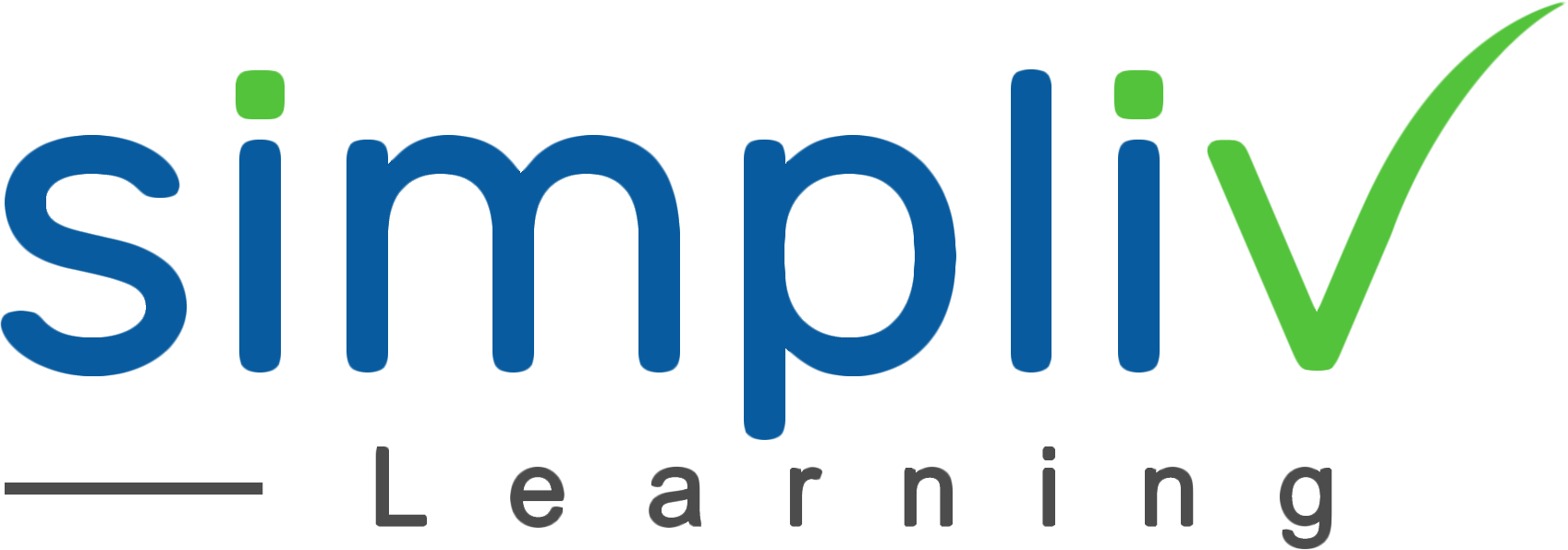Essential Six Sigma Concepts and Tools
In this Six Sigma Certification Online Course, will discuss techniques and tools which can be used to try and make sure excellent; it is important to not only be familiar with the tools supporting quality design and control, but also to understand when and how they can best be effectively applied.
Project Management
4 Hours
Description
Awareness and History of Six Sigma, What are the broad elements.
In God we trust; all others bring data - W Edwards Deming.
Get a chance to be an avid learner, understand the theme of continuous improvement using Six Sigma techniques. Enhance your personal knowledge and skills and also use it to improve business processes in the future.
Course Objectives
Introduction and Overview of Six Sigma journey
Target Audience
Anyone who wants to know about the structured approach of Six Sigma
Basic Understanding
There are no prerequisites
Course Content
No sessions available.
Coupons
Live Support
Call
+510-849-6155
Mail to
support@simplivlearning.com
